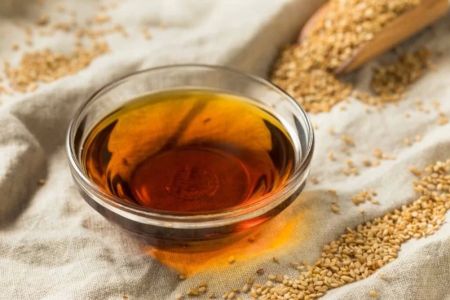How to Make Rice Like a Chinese Restaurant at Home
I used to wonder why the rice at Chinese restaurants tasted so much better than mine. It was fluffy but firm, slightly sticky yet not mushy — basically, perfect every time. At home, no matter how closely I followed package directions, my rice would turn out either too wet or unevenly cooked. I finally decided to figure it out for real. After talking to friends in the restaurant industry and experimenting with different methods, I can now confidently say: I can make rice that tastes just like it came out of a wok in a Chinese kitchen. Let me walk you through how I did it.
1. Choosing the Right Type of Rice
The type of rice you use is everything. Early on, I made the mistake of using long-grain rice like basmati or jasmine — great for other dishes, but not quite right for that Chinese restaurant texture. What they actually use most of the time is *medium-grain white rice*. It has just the right amount of starch to create that slightly sticky, fluffy finish.
1.1. Why Medium-Grain Matters
Medium-grain rice cooks up softer and a bit more compact than long-grain varieties. It holds its shape well while still giving you that slightly chewy bite. I buy it in bulk now from my local Asian supermarket. Some brands even have labels like “Calrose” or “Sushi rice” — both work great if medium-grain isn’t available.
2. Washing and Soaking: The Game Changers
One of the biggest mistakes I made early on was skipping the rinse. You *must* rinse your rice. I rinse mine 3–4 times until the water runs mostly clear. This removes excess surface starch that would otherwise make the rice gummy and overly sticky. But here’s the real secret: after rinsing, soak the rice for about 20–30 minutes. This allows the grains to absorb some water, which helps them cook more evenly.
2.1. Rinsing and Soaking Tips
I use a mesh strainer and rinse the rice under cold water, swirling it gently with my hand. Then I transfer it to a bowl, cover it with water, and let it sit while I prep other ingredients. If I’m in a rush, even 15 minutes of soaking makes a noticeable difference.
3. The Perfect Water-to-Rice Ratio
After plenty of trial and error, I found that the ideal water-to-rice ratio for Chinese-style rice is just under 1.25 cups of water per cup of rice. So if I cook 2 cups of rice, I use about 2.4 to 2.5 cups of water. This slightly drier result is exactly what you want for rice that doesn’t clump or get mushy.
3.1. Adjusting for Your Rice Cooker or Pot
I use a rice cooker most of the time now, but when I use a pot, I bring the water to a boil, add the rice, then reduce to low, cover, and cook for 15–18 minutes. After that, I turn off the heat and let it sit, still covered, for another 10 minutes. That resting time is key — it lets the rice settle and steam to perfection.
4. The Secret Step: Letting It Sit Overnight
If you’ve ever tried to make fried rice at home and ended up with mush, you’re not alone. The truth is, Chinese restaurants use *day-old rice* for a reason. It dries out slightly in the fridge, allowing the grains to stay separate and get crispy when fried. Now, when I know I’m making fried rice, I cook my rice the night before and chill it uncovered in the fridge.
4.1. Why This Makes Fried Rice Amazing
The slight dryness of cold, cooked rice helps it absorb oil and sauce evenly during stir-frying. When I started doing this, my fried rice finally tasted like what I used to get from the little takeout spot down the street. No more mushy mess — just golden, toasty grains with that signature restaurant wok flavor.
5. Cooking in a Wok or Hot Pan
When it’s time to cook, whether you're just reheating plain rice or making fried rice, a hot wok makes a huge difference. I crank the heat and use a high smoke point oil like peanut or canola. I toss in the rice and keep it moving. A bit of soy sauce, sesame oil, and green onions — and suddenly, I’m back in that Chinese restaurant booth with my favorite takeout combo.
5.1. Bonus: Adding Flavor Without Overloading
Restaurants don’t drown rice in soy sauce. They season subtly — sometimes just a touch of oyster sauce or chicken stock. I learned to be gentle with the sauces and let the rice itself shine. That’s the real magic. I even started making garlic fried rice with just minced garlic, oil, and salt — simple but unbelievably satisfying.
6. Real-Life Results and Why It Matters
Now, whenever friends come over and I serve rice, they ask if I ordered in. That’s when I know I’ve nailed it. It’s not just about replicating a dish — it’s about understanding a method, respecting the ingredients, and having fun in the process. Making rice like a Chinese restaurant isn’t hard, but it does take intention. Once you crack the code, your kitchen never smells the same again — it smells like home-cooked perfection.


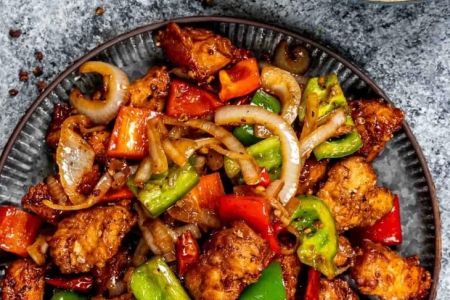
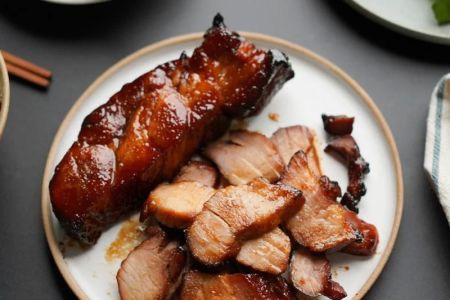
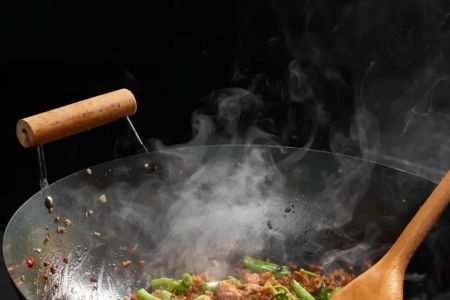
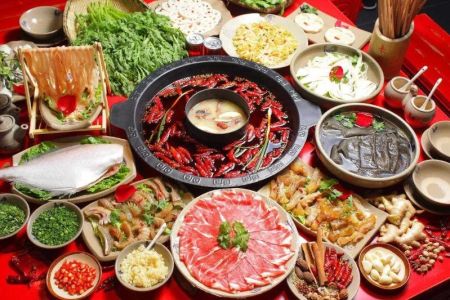
![Top Chinese Restaurants for Authentic Cantonese Cuisine in [Your City]](https://img.gochinarose.com/d33/2507/4157910400_450x300.webp)
